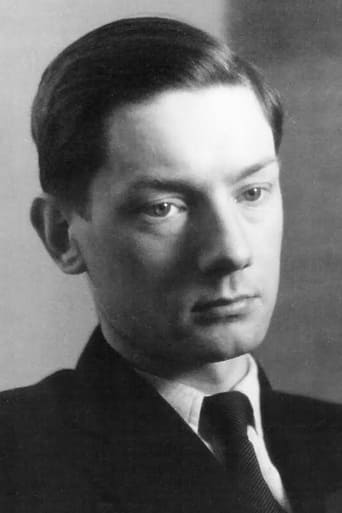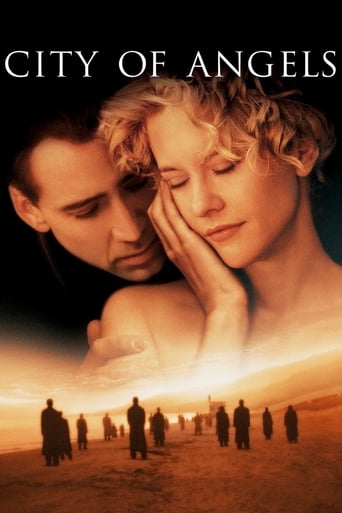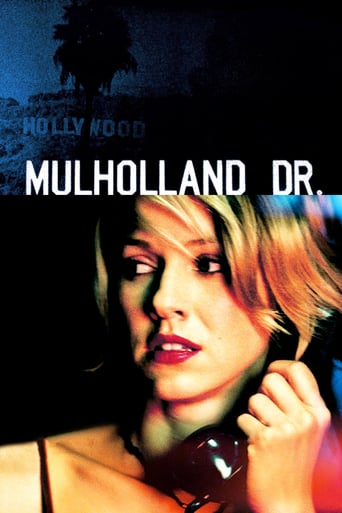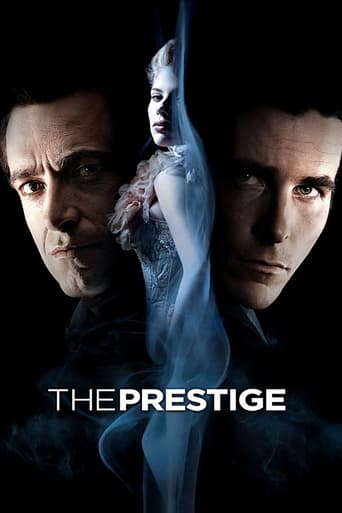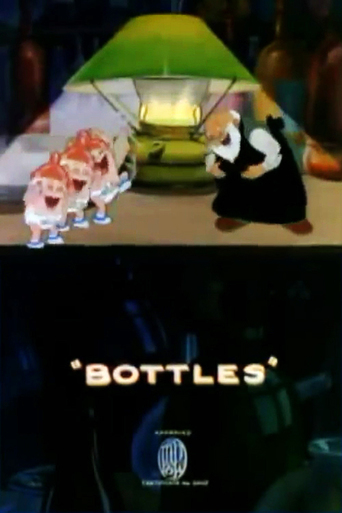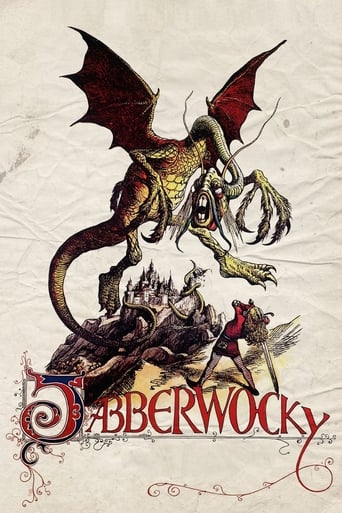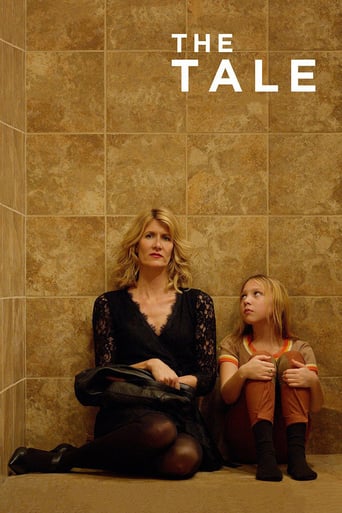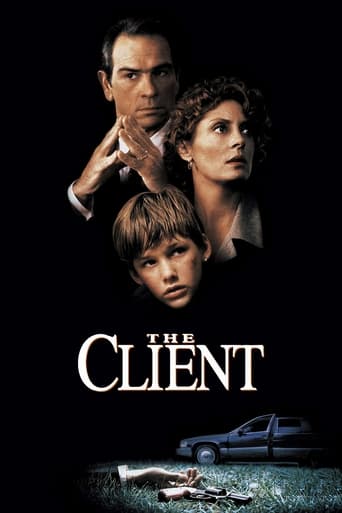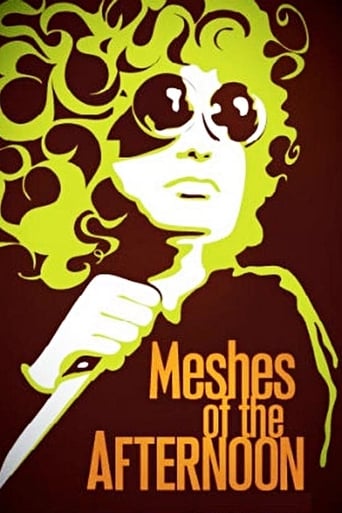
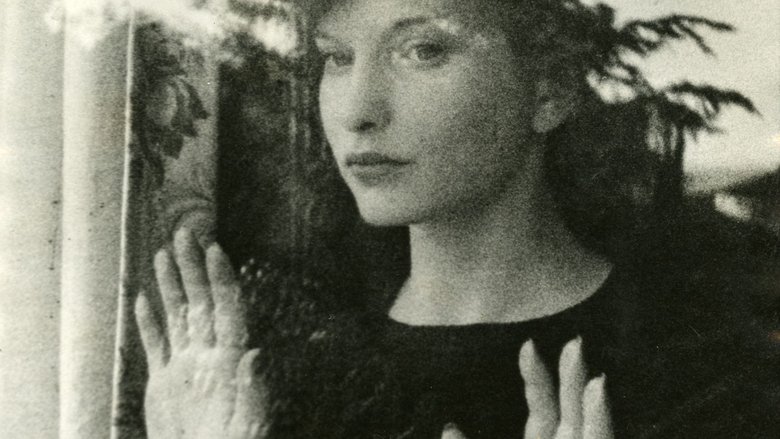
Meshes of the Afternoon (1943)
A woman returning home falls asleep and has vivid dreams that may or may not be happening in reality. Through repetitive images and complete mismatching of the objective view of time and space, her dark inner desires play out on-screen.
Watch Trailer
Cast


Similar titles
Reviews
I wanted to but couldn't!
The performances transcend the film's tropes, grounding it in characters that feel more complete than this subgenre often produces.
A terrific literary drama and character piece that shows how the process of creating art can be seen differently by those doing it and those looking at it from the outside.
I didn’t really have many expectations going into the movie (good or bad), but I actually really enjoyed it. I really liked the characters and the banter between them.
A wonderful short film that I stumbled upon via a little gif on Tumblr (the key turning into a knife). This a dark, artful piece about a woman who is / gets caught in a time-loop. The outcome is that she is finally found dead (suicide, probably) by a man, most likely to be her lover. One could interpret her going round and round in circles in more than one way, I suppose. My main idea is that, while she is dead, her soul / ghost is trying to figure out where it / she is. Or what it / she is, namely dead. Just my two cents, though. It also reminds me of the later giallo genre, at certain moments, especially when Maya Deren's face is reflected in the blade of the knife.Even without a perfectly reasonable explanation, one can still enjoy all the wonderful and mysterious, but at many times quite eerie, imagery of some Hollywood apartment block (inside and outside) knives, stairs, (broken) mirrors, black robes, keys, and such. The soundtrack, the original one by Teiji Ito, is just as wonderful, with some soothing acoustic guitars here and there, but also with a lot of haunting voices and percussion.For now, a big 9 out of 10. Note to self: watch more work by Maya Deren (and what a beauty she is, by the way)!
The most striking image of 'Meshes of the Afternoon (1943)' is that of Maya Deren trapped behind glass, staring mournfully outside, her hands pressed up against the reflection of trees outside her window. The sensation of being "trapped" within one's own household must have been common for many wives during the 1940s, particularly given that most husbands were abroad fighting for their country. This film, co-directed by Deren and her then-husband Alexander Hammid, to me seems to depict a woman confined within an apathetic marriage. Arriving home, Deren's initially-faceless woman collects a solitary flower from the footpath, grasping for a hint of romance in her otherwise dreary existence. A phone hangs off its hook, implying the disconnection between husband and wife. A key transforms into a kitchen knife, and vice versa. Trapped within this loveless marriage, Deren contemplates two courses of action to free herself from these martial bonds: kill her husband, or kill herself. When she attempts the former act, Hammid's face fragments like a mirror image, as though (in the male-dominated 1940s) to destroy her husband would leave Deren without an identity of her own. While contemplating her own suicide, Deren dreams of a mirror-faced Grim Reaper whom she chases, to no avail, down the path, before attempting to stab herself as she sleeps (alternatively, the Reaper-like figure resembles the sombre attire of a widow, perhaps reiterating the former action).The directors' manipulation of space and orientation is masterfully orchestrated, with ordinary rooms photographed to feel intensely claustrophobic; even a simple staircase suddenly seems an insurmountable foothill as Deren claws her way up. There's no doubt that Deren and Hammid were influenced by the cinema of Georges Méliès, whose filmed "magic shows" similarly used jump cuts to create a disjointed sense of reality. Particularly fascinating about 'Meshes of the Afternoon' is how it seamlessly integrates dreams and reality, each plane of existence inescapably influencing and merging with the other. Though the film was originally released silent, in 1959 Deren's third husband Teiji Ito scored a Japanese-inspired soundtrack, which, like the film, is cyclical and repetitive.
I had the pleasure of watching Maya Deren's Meshes of the Afternoon just minutes after watching Luis Buñuel's Un Chien Andalou. And although Buñuel's movie is the most famous and most influential of the two, I not only enjoyed Deren's more but I also found it more intelligent and better made.Although Buñuel's movie rejects any narrative and interpretation, Deren's movie is a little narrative of a nightmare, plunging the viewer deep into a dark, intimate world full of symbols, scary figures and elliptic storytelling. All in all, it's much more dreamlike than Un Chien Andalou.A hand leaves a flower on a pathway. A woman picks it up. Enters a house. Objects are out of place. She falls asleep. The narrative begins anew, with small differences. Then it starts again, each time oddly familiar but always with differences. At one point the viewer asks himself if the woman isn't just dreaming about herself in an endless loop? Maybe she is, maybe she's not. The movie doesn't explain anything, it merely presents a situation and invites the viewer to think about what it means. The tone of the movie is depressing and austere, and was originally made without sound. I enjoy weird movies, and I can say I've seldom seen one that so easily captured the nature of a nightmare, by being terrifying without really showing anything terrifying. Like a painting by Escher or a short-story by Jorge Luis Borges, Meshes of the Afternoon is a work of art that transcends reality and touches the viewer on a level above language and reason.
The concept of using cinema to reflect dreams isn't very new; the concept of cinema as "dream-vision" is a little less well known, but still has a strong impact upon critical writings involving film; many avant-garde and cult filmmakers from Luis Bunuel and Salvador Dali to David Lynch and Robert Altman have attempted to create dreamscapes in one or most of their films; still, one thing filmmakers have been mostly unable to do is to provide the sense of motion that occurs during dreams.Except Maya Deren. Maya Deren's experience with dance combines with a rich visual sense in all of her films, but it gets no better than in Meshes of the Afternoon, a movie that literally moves with the same form of surreal contemplation as a body moves through dream space. The visual/symbolic elements of the flower, the mirror-faced figure, the blade, the key, the windows, and the door themselves are all aspects of association which have been highly regarded in Deren's film, but even things as simple as the slightly slow-motion shot of Deren walking up the stairs has a strongly dreamlike impact.Editing is another aspect of Deren's film-making which has rightly received praise. She literally takes the rhetoric of "Un Chien Andalou" one STEP further by changing the surreal transitions from cuts between different rooms to cuts between footsteps. The land and space traveled both outdoors and indoors in "Meshes of the Afternoon" can be felt the same way dream-motion can be felt in an oddly extrasensory way.Many films have been based off of the filmmaker's dreams, but Maya Deren actualizes her dreams like no other. "Meshes of the Afternoon" stands as one of the most successful avant-garde films of all time, and is a must for anyone interested in cinematic topics or form.--PolarisDiB



